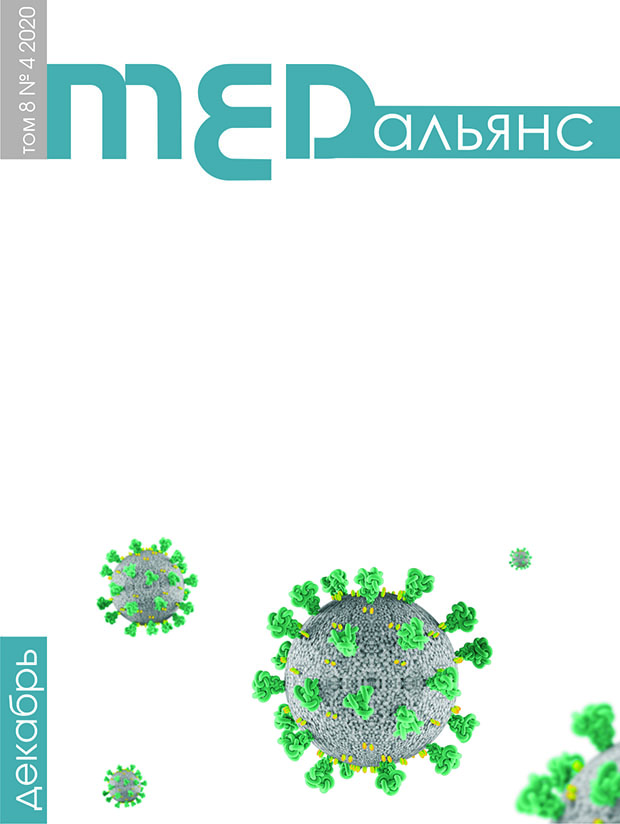Abstract
The steady growth of drug-resistant tuberculosis, characterized by low therapeutic efficacy, requires the development of innovative approaches to the treatment of this infection. One of such approaches is vaccine therapy that has immunostimulating activity and is capable to correct dysfunction of the immune system in this infection. In this study, the authors aimed to estimate the efficacy of the mucosal vector vaccine Flu/ESAT-6 included into the complex therapy of experimental pulmonary tuberculosis. C57BL/6 mice were intravenously infected with drugsusceptible (DS) (M. tuberculosis H37Rv) or drug-resistant (DR) (M. tuberculosis Beijing genotype) MBT strains. DS-infection was treated with two anti-TB drugs (HR), and DR-infection with four (AETppBq). Flu/ESAT-6 vaccine based on the attenuated influenza A virus strain expressing the mycobacterial protein ESAT-6 was administered intranasally at a dose of 6 lg/mouse. Efficacy of various therapeutic regimens was assessed with biometric, bacteriological, and histological methods. Two optimal therapeutic regimens of Flu/ESAT-6 administration were chosen: twice (with a 3 week interval) at the beginning of chemotherapy in case of DS infection; and thrice (with a 4 week interval) 2 weeks after the beginning of chemotherapy in case of DR infection. Flu/ESAT-6 addition to the anti-tuberculosis treatment led to a significant increase in the efficacy of therapy for both forms of infection which manifested in (i) the pulmonary bacterial load decrease at the end of a 2-months therapy of DS tuberculosis by 1.83 lg CFU; and after 4-months therapy of DR tuberculosis by 0.93 lg CFU; (ii) decrease in the prevalence of specific and the severity of exudative inflammation, and reduction of alternative components in case of DR tuberculosis; (iii) stimulation of the lymphoid component of the cellular immune response in lungs, demonstrated by reorganization of granulomas’ cellular composition to lymphoid type, and in the formation of peribronchial lymphohistiocytic infiltrates. Thus, therapeutic immunization with Flu/ESAT- 6 vaccine significantly increases the efficacy of experimental tuberculosis therapy and can shorten the duration of anti-tuberculosis therapy which is especially important in case of DR tuberculosis characterized by a slow involution of specific inflammation.

